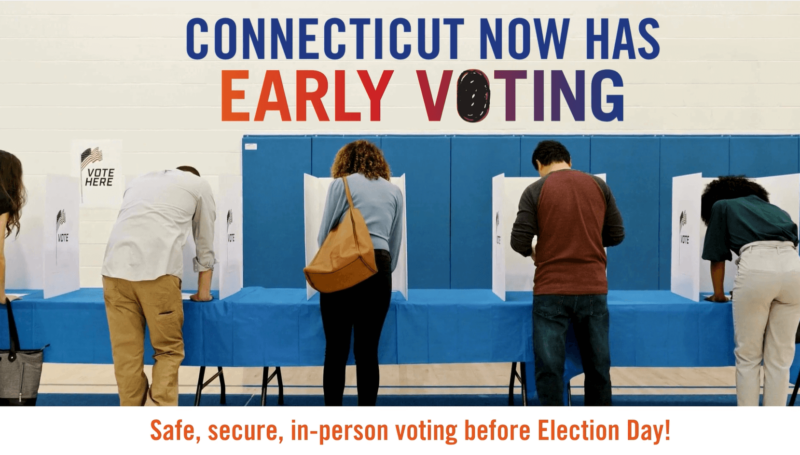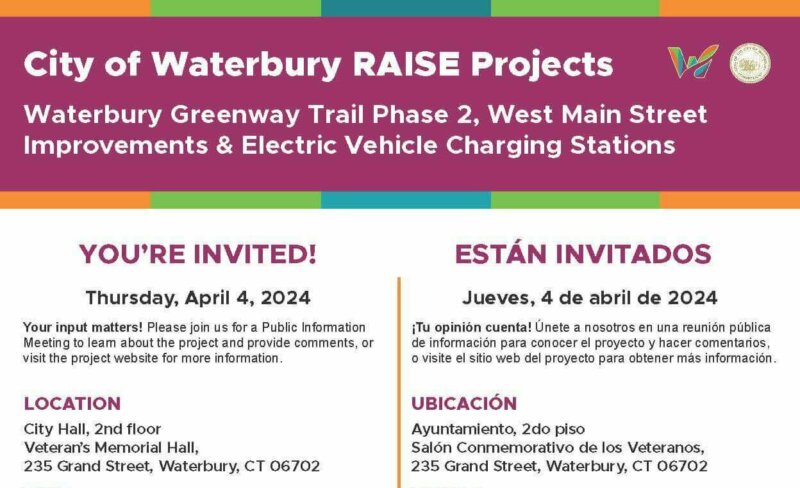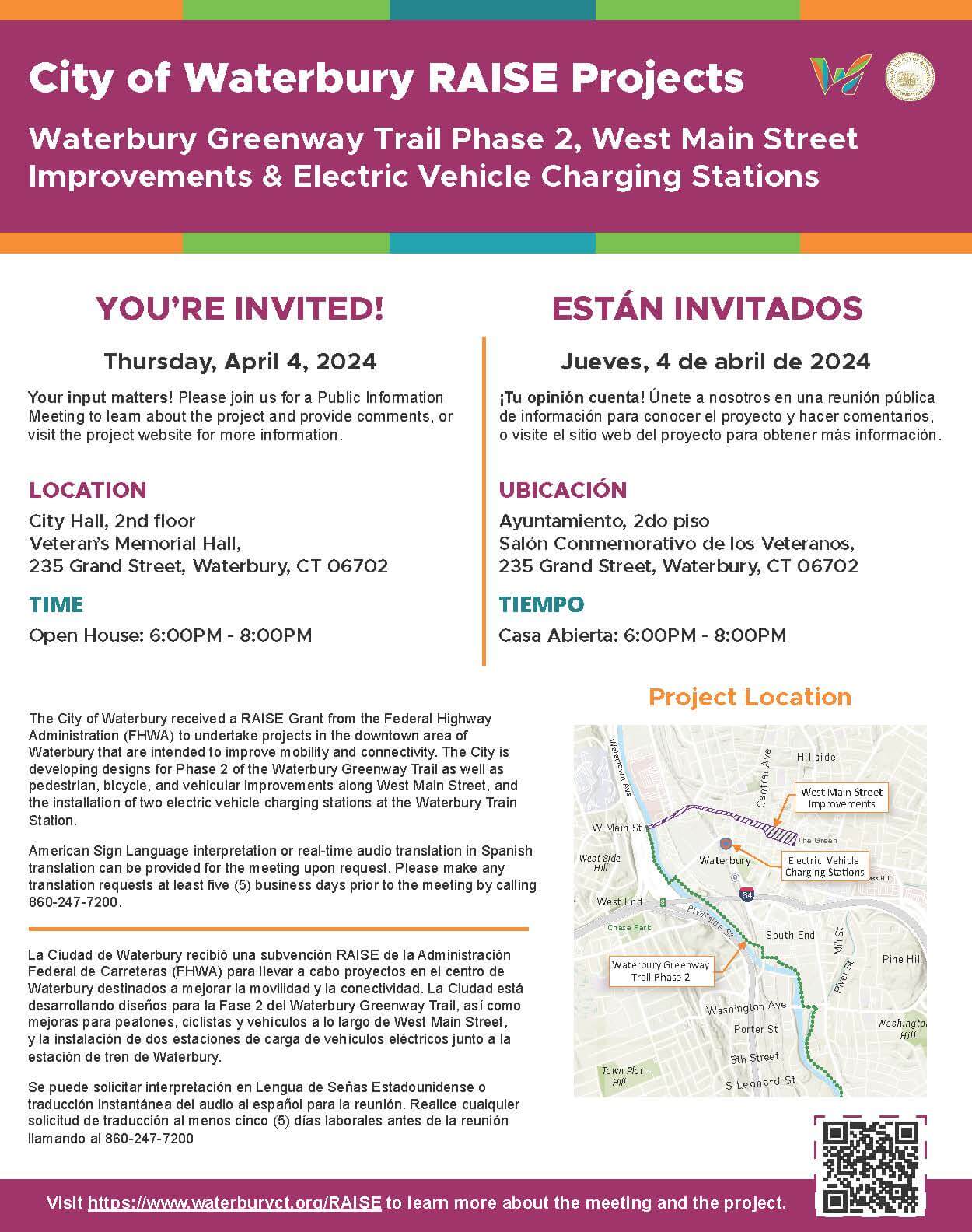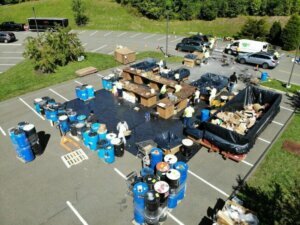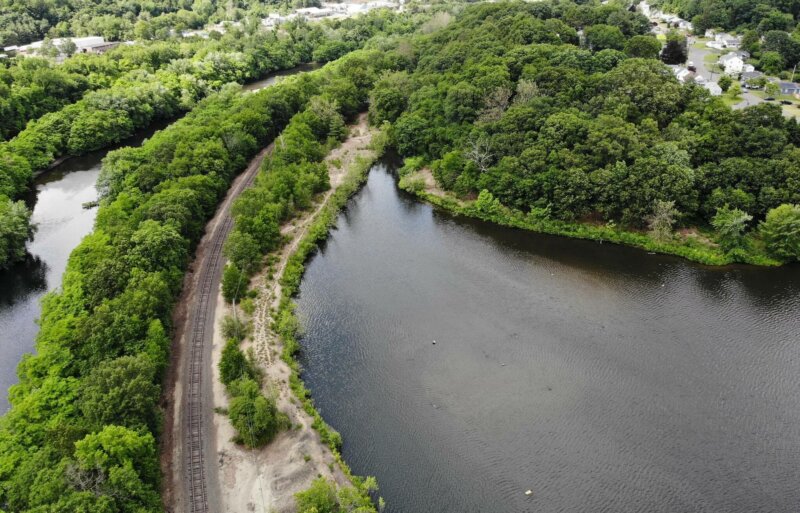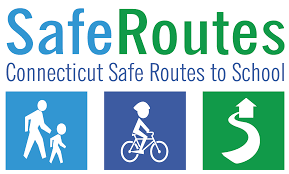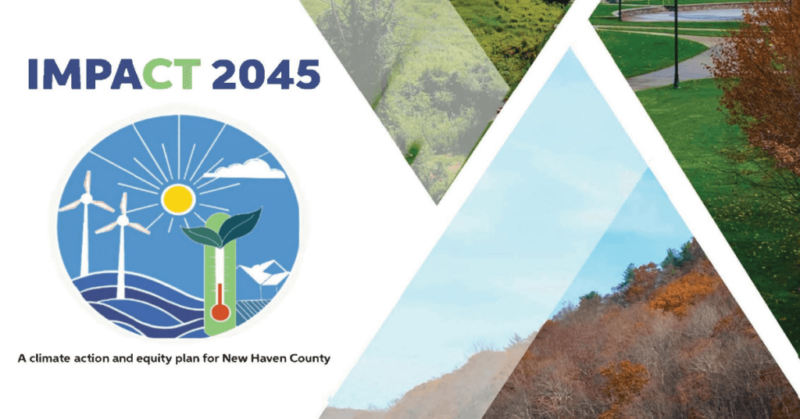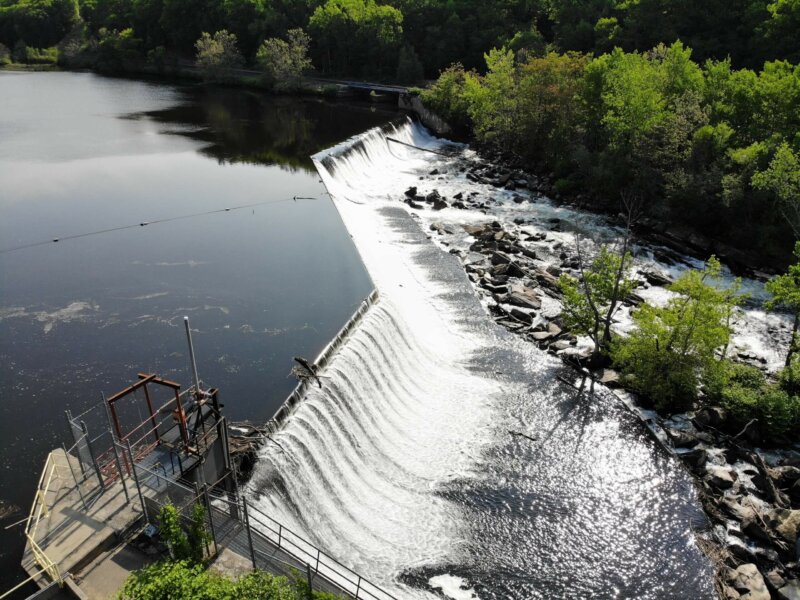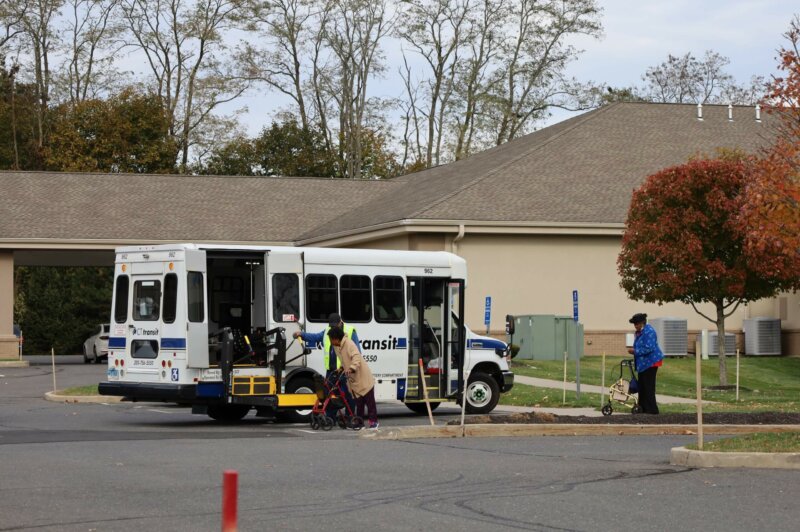[HARTFORD, CT] – Today, U.S. Senators Richard Blumenthal (D-CT) and Chris Murphy (D-CT) and U.S. Representatives John B. Larson (D-CT), Rosa DeLauro (D-CT), Jim Himes (D-CT), and Jahana Hayes (D-CT) joined Governor Ned Lamont and CTDOT Commissioner Garrett Eucalitto to announce $21.8 million in federal funding for pedestrian and road safety projects in Connecticut.
The federal funding comes from the Reconnecting Communities Pilot Program through the Infrastructure Investment and Jobs Act and the Neighborhood Access and Equity Program through the Inflation Reduction Act, and will fund projects in Norwalk, Stamford, Bridgeport, Hartford, Naugatuck and Western Connecticut.
“This unprecedented investment will make Connecticut’s roadways safer for all and reconnect communities that have long been disconnected and divided by highways. With this $21.8 million in federal funding, Connecticut communities will transform road and pedestrian safety, and make access to reliable transportation easier for all, said Sen. Richard Blumenthal.
“The way that many Connecticut cities are designed has cut neighborhoods off from each other. This almost $22 million will support projects across the state to improve road safety for pedestrians and bicyclists, make public transit more accessible to everyone, and reconnect neighborhoods. Projects like these have impacts far beyond transportation – they create good-paying jobs and revitalize our downtowns, and I’m glad to see the Bipartisan Infrastructure Law continue to pay dividends,” said Murphy.
“As Ranking Member of the House Appropriations Committee, I am committed to ensuring our investments deliver for the American people,” said Congresswoman DeLauro. “The funding provided to local transit projects in Connecticut will go a long way to rebuilding our crumbling roads, sidewalks, rail infrastructure, and more.”
“Too many communities across the Fifth District and Connecticut are disconnected due to poor transportation options, forcing residents to travel long distances to seek basic needs like health care and education. It is great to see nearly $22 million of federal funding being invested into bridging these gaps and connecting more communities. Improved transit access not only sparks economic development but makes our neighborhoods more equitable for all,” said Congresswoman Hayes.
“The Connecticut delegation fought for the inclusion of the “Reconnecting Communities Pilot Program” in the Bipartisan Infrastructure Law to end the isolation caused by the construction of I-84 and I-91, particularly in Hartford and East Hartford,” said Congressman Larson. This grant will advance efforts to reclaim the riverfront, reconnect Hartford’s North End with the rest of the city, and promote multimodal transit. Notably, this project brings us closer to achieving the longstanding goal of recapturing the riverfront in Hartford. Burying I-91 from the Founders Bridge to Dillon Stadium will unlock direct access to the Connecticut River and create new pedestrian and bicycle routes for communities on both sides of the river. I commend Governor Lamont and the Connecticut Department of Transportation and I look forward to working with them to fix the Hartford region’s past planning mistakes and move the interests of the community forward.”
“I am thrilled to see federal funds help connect our communities and make our thoroughfares safer and more accessible so that commuters can get to work, children to school, and families to visit relatives a town over with ease and peace of mind. As an avid biker myself, I understand the importance of dedicated infrastructure for pedestrians and cyclists so that every member of our community can easily traverse our cities and enjoy Southwest Connecticut’s vibrant natural spaces and bustling commercial areas,” Congressman Himes said.
“These federal funds are going to increase safety and mobility throughout Connecticut. Much of our state’s infrastructure was designed and built for cars and cut off communities from one another. By refocusing on pedestrians and bicyclists, the state can have roadways that work for everyone. Thank you to President Biden, Secretary Buttigieg, and our entire federal delegation for providing these funds that improve safety and reconnect communities,” said Governor Lamont.
“The Greater Hartford Mobility Study is a generational investment that will improve safety, reduce congestion, reconnect the city and provide greater access to the riverfront and open space. From redesigned highways to improved local roads and new public transportation services and additional bicyclist and pedestrian amenities, the Greater Hartford Mobility Study is a transformational project that benefits all roadway users,” said Commissioner Eucalitto.
More information on the projects that received funding can be found below:
- $17 million for the city of Stamford for the West Side Neighborhood Connector Project.
This project will fund a 12-foot-wide neighborhood greenway to connect residents of the West Side neighborhood past I-95 to the Metro-North Railroad Line, and the South State Street area to Downtown Stamford and the South End neighborhoods.
- $600,000 for MetroCOG for Bringing Resilient, Interconnected Development to the East End of Bridgeport.
This community planning grant will analyze the Interstate 95 (Exit 29), Seaview Avenue, Stratford Avenue and Connecticut Avenue intersection in the East End of Bridgeport, Connecticut. The study will evaluate current and future uses and provide a forum for robust public engagement to better align the transportation infrastructure with the goals and needs of the East End and the City of Bridgeport.
- $600,000 for the Norwalk Redevelopment Agency for the MLK Community Reconnection Project.
This project will build on the work of the Norwalk Redevelopment Agency for the MLK Community Reconnection Project to improve pedestrian safety and remediate safety risks posed by I-95 and the care centric corridor it created.
- $2 million for CTDOT for the Greater Hartford Mobility Study (GHMS): River Gateway.
Hartford/East Hartford has four distinct components that will strengthen the City of Hartford’s connections to the Connecticut River, East Hartford, and reconnect the Downtown to the surrounding neighborhoods which have had limited access due to the barrier created by Interstate I-91 in the mid-20th century. The Project includes the capping of I-91 from the Founders Bridge to Dillon Stadium and the creation of a surface boulevard, redesigning Whitehead Highway as an urban boulevard from Pulaski Circle to the west and the riverfront to the east and creating a new local bridge over the Connecticut River with bicycle and pedestrian amenities between the Whitehead Highway and Riverfront Boulevard to East River Drive in East Hartford. The creation of the region’s highway system, including I-91, disconnected neighborhoods from each other and resources in Hartford and East Hartford, which directly impacts residents’ income and overall health.
- $652,800 for the Borough of Naugatuck for the Eastside-Westside Connectivity and Rail Mitigation Planning Project.
Project will provide planning funding to enable construction of a pedestrian connection, linking the Borough of Naugatuck’s Metro North Rail Line and the downtown core in the west with the Naugatuck River Greenway Trail and State Route Highway 8 in the east. The east and west sides are currently disconnected by the Metro North Rail Line and the Naugatuck River, with affordable and market rate housing developments taking shape on either side of the river.
- $1 million for WestCOG for the Western Connecticut Regional Transit Study.
Southwestern Connecticut is served by three transit agencies providing fixed route, paratransit and other bus services to one of three cities and surrounding areas in the region. These funds will be used to study barriers to using transit systems and provide solutions that ensure efficiency and affordability.

